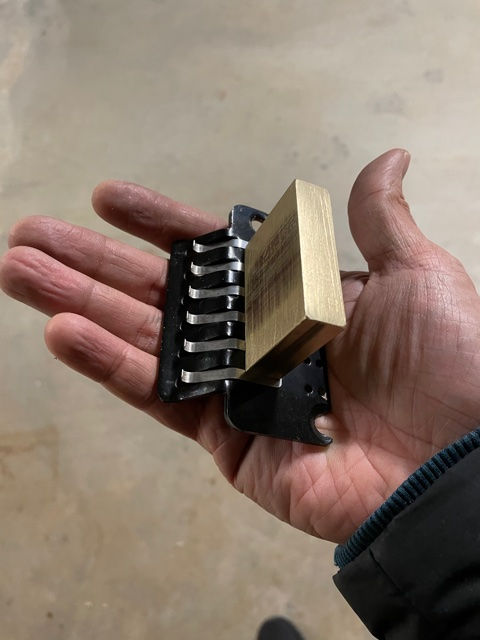1982 Epiphone Matsumoku Les Paul "Stimpy"
- Alex S

- Jan 23, 2017
- 3 min read

Before this blog went on a short hiatus last year, I had to opportunity to purchase another Matsumoku Epiphone Les Paul. This one was in Cherry Sunburst and was up for sale for a reasonable price. It must have been sitting in storage since new, because the plastic parts (pickguard, electronics covers) still had the scratch resistant cling film type covers on them.
I thought I would showcase that guitar in this blog post, and also go through the similarities with my other Matsumoku Les Paul guitar.
For those of you that are not familiar with these guitars, they are a somewhat controversial subject. I have gone through the details in a series of blog posts available below:
In my mind, there's no doubt that these are "genuine" Epiphones, in the sense that I do not believe that these were created to masquerade as an Epiphone in order to fool buyers into the purchase. I don't think anyone would do that for an Epiphone anyway, if you were to go through so much trouble to pull off a great Les Paul copy I don't think any counterfeiter in their right mind would put Epiphone on the headstock instead of Gibson. Whether Matsumoku was commissioned to create these in full production, or these were created as a prototype batch...those scenarios seem way more likely to me. Given the apparent rarity of these guitars though, I would say that they wouldn't have been in production for any great length of time.
Let's just go through the specs of this one:
2 piece mahogany body
2 piece maple top
Possible 3 piece mahogany neck (I can't really see the join)
Rosewood fingerboard
Jumbo style frets
Matsumoku MMK pickups
long neck tenon with Matsumoku style bolt
Polyurethane finish
60s style reflector knobs
They are all exactly the same appointments as the other Tobacco Burst Epiphone Matsumoku LP that I have in my collection - even the join on the body is in the exact same position (off centre). The telltale inlays that have aged to a reddish hue are also present. The rosewood on this one is lighter and streakier than the Tobacco Burst but that could be just because it hasn't been played much and has dried up a little over the years. There are no cracks, thankfully.
Because it hasn't been played much, the frets are in great shape. They were a little tarnished when I first got the guitar but that is not a big deal. It appears to me that the fret work straight from the factory was at a high level, which is more than I can say for a lot of Gibson guitars these days.

It's serial number puts its year of manufacture at 1982 if you follow the Matsumoku serial number scheme. It certainly does show signs of age, even for such a mint example. Tarnish on the hardware and UV damage on its plastic parts. I'm not saying that this takes 3 decades to manifest but nothing about it indicates to me that this was manufactured new and made to look aged.
This and its Tobacco Burst friend are the two heaviest guitars I have in my collection. I don't enjoy the weight, I prefer lighter guitars just for comfort especially on those long sessions with a guitar. I can see why Gibson eventually thought it was a great idea to chamber the LP bodies, although I don't think that idea took too well to traditionalist guitarists.

Tone wise the two guitars are very very similar. In the next post I'll do a tone comparison between the two guitars. Until then!




Comments